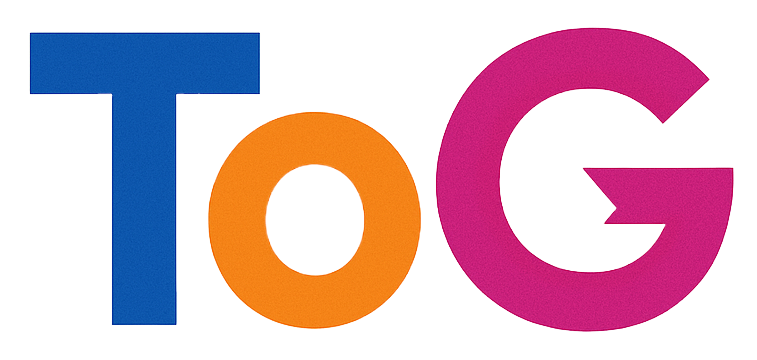Strategically Updating Website Content Without Changing URLs: Best Practices
In the dynamic world of web content management, maintaining a clear strategy during updates is crucial. If you’re contemplating updating your existing pages and shifting content around without altering URLs, here’s a detailed guide on how to navigate potential pitfalls, particularly concerning search engine optimization (SEO).
The Scenario
Imagine you have a webpage featuring a Pinterest keyword tool, located at:
yourdomain.com/pinterest-marketing/tools/keyword-finder.
You’ve decided to refresh this tool and move the existing content to a new page dedicated to Pinterest trends, which would be accessible at:
yourdomain.com/pinterest-marketing/tools/trend-finder.
The goal is to enhance the functionality of the original page while retaining the familiar URL for the keyword tool. This presents a challenge: how do you ensure that search engines and users recognize the content shift without creating confusion or duplicating content?
Potential Issues
When you relocate content, the primary concern is how Google and other search engines will interpret this change. If Google indexes the old content from the /keyword-finder page and finds that it now points to the /trend-finder, there’s a risk of creating duplicate content issues, which could affect your rankings negatively. Moreover, you want to make sure that users aren’t puzzled by the content mismatch on the original page.
A Thoughtful Approach
To navigate these complexities, consider the following strategies:
-
Content Variation: Since you want to create a more refined version of the keyword tool, ensure that the new content on the
/keyword-finderpage offers unique value. This can help mitigate concerns about duplication by making it distinct from what was previously there. -
Implement Redirects: If the SEO impact seems significant, a good strategy could be to slightly alter the URL of the old content before you make the switch. For example, consider a new version with a different path, such as
/pinterest-marketing/tools/keyword-finder-v2and implement a 301 redirect from the old URL to this new version. This tells search engines that the content has permanently moved and helps preserve your SEO value. -
Update Internal Links: After the content move, ensure all internal links reflect the new structure. This not only helps with user navigation but also ensures that crawlers discover the new page effectively.
-
Communicate with Your Audience: Consider adding a banner or a

